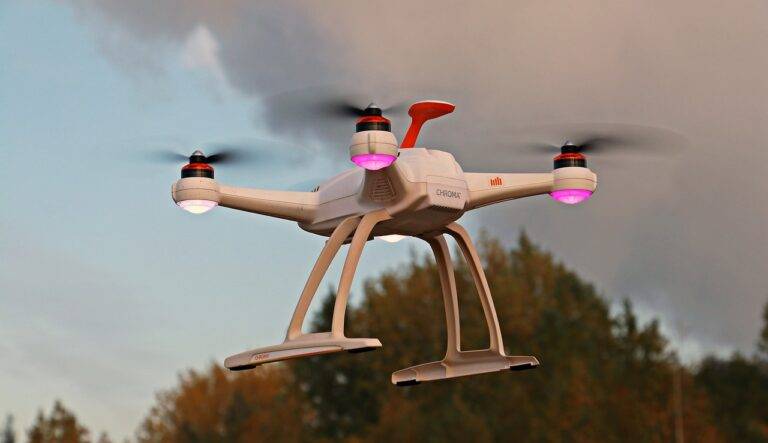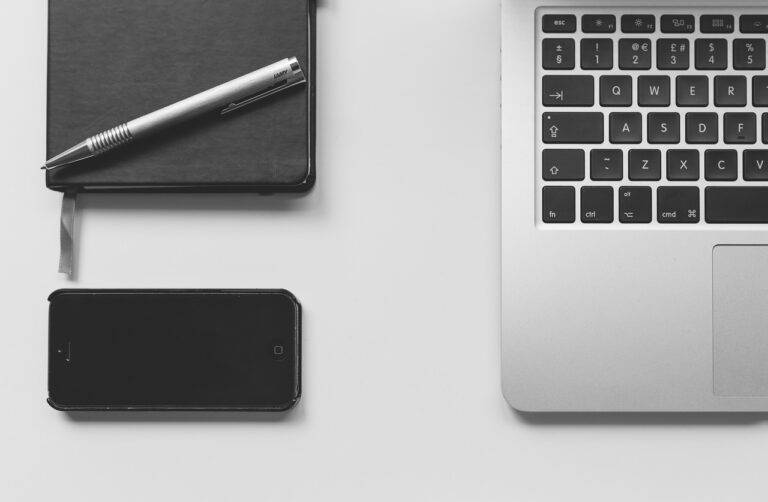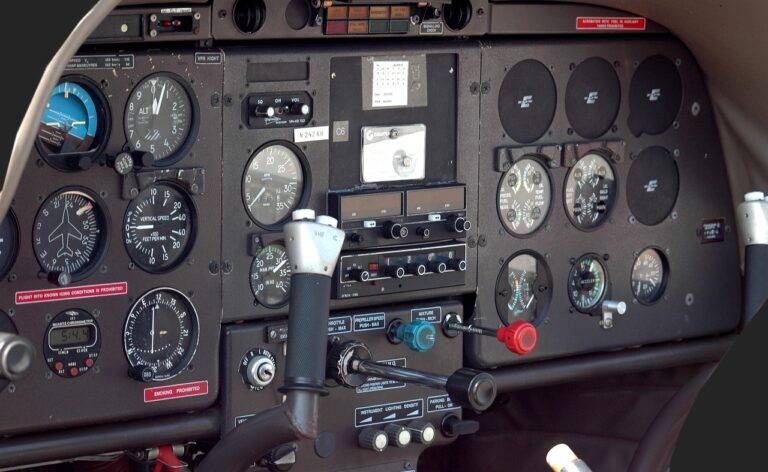The Role of Tech in Disaster Recovery
Early warning systems play a crucial role in preventing and mitigating disasters by providing timely alerts and vital information to decision-makers. These systems leverage a variety of technological tools such as sensors, satellites, and artificial intelligence algorithms to detect potential threats and issue warnings in real-time. With the ability to monitor various parameters like weather conditions, seismic activities, and environmental changes, these tech tools enable authorities to take proactive measures to ensure the safety and well-being of communities.
One key advantage of tech tools for early warning systems is their ability to enhance situational awareness and facilitate data-driven decision-making. By collecting and analyzing vast amounts of data from different sources, these tools can identify patterns, trends, and anomalies that may indicate an impending disaster. This information enables emergency responders and policymakers to allocate resources efficiently, coordinate response efforts effectively, and prioritize actions based on the level of risk posed by a particular threat.
Data Analytics for Risk Assessment
Organizations across various industries are increasingly turning to data analytics for risk assessment to enhance their decision-making processes. By utilizing advanced algorithms and machine learning techniques, businesses can now analyze vast amounts of data to identify potential risks and opportunities proactively. This proactive approach allows companies to mitigate potential threats before they escalate into significant issues, ultimately safeguarding their operations and reputation.
Moreover, data analytics enables organizations to gain valuable insights into market trends, customer behavior, and operational performance. By leveraging data-driven risk assessment models, businesses can make more informed strategic decisions that align with their long-term objectives. This strategic use of data analytics not only enhances risk management practices but also drives innovation and growth in an increasingly competitive business landscape.
Remote Monitoring and Surveillance Technology
In the realm of security and safety, remote monitoring and surveillance technology has become indispensable. These advanced tools allow for real-time monitoring of environments, from residential areas to commercial spaces, enhancing the ability to prevent and respond to potential threats. Whether it is through CCTV cameras, drones, or sensors, remote monitoring technology provides a proactive approach to detecting any unusual activity or security breaches.
The advent of remote monitoring and surveillance technology has revolutionized the way organizations manage their security protocols. By enabling remote access to live feeds and data analytics, security personnel can efficiently analyze information and respond promptly to any security incidents. This increased level of vigilance not only deters criminal activities but also promotes a sense of safety and reassurance among individuals in both public and private settings.
What are some examples of remote monitoring and surveillance technology?
Examples include security cameras, motion sensors, GPS tracking devices, and environmental sensors.
How can remote monitoring technology help with early warning systems?
Remote monitoring technology can alert users to potential risks or threats in real-time, allowing for prompt response and intervention.
How does data analytics play a role in risk assessment with remote monitoring technology?
Data analytics can analyze patterns and trends in the data collected by remote monitoring technology to identify potential risks and assess the likelihood of certain events occurring.
Are there any privacy concerns associated with remote monitoring and surveillance technology?
Yes, there are privacy concerns surrounding the use of remote monitoring technology, especially in terms of data security and surveillance of individuals without their consent.
Can remote monitoring technology be used for both personal and business purposes?
Yes, remote monitoring technology can be utilized for a variety of purposes, including home security, asset tracking, and monitoring of industrial operations.





